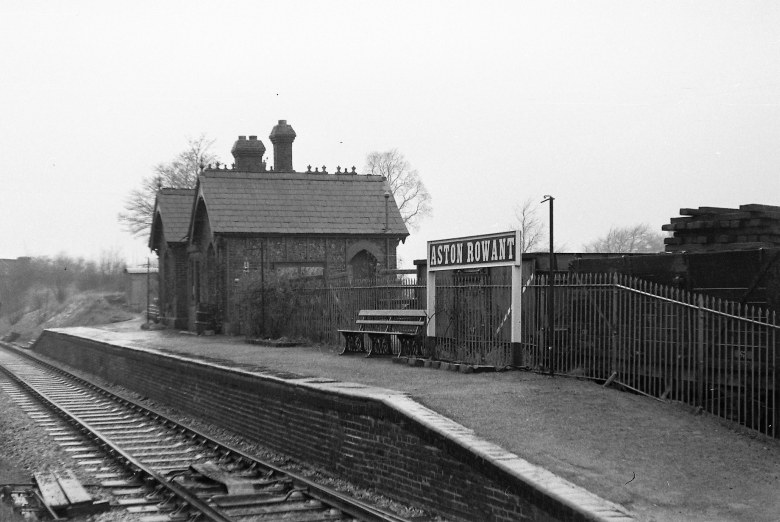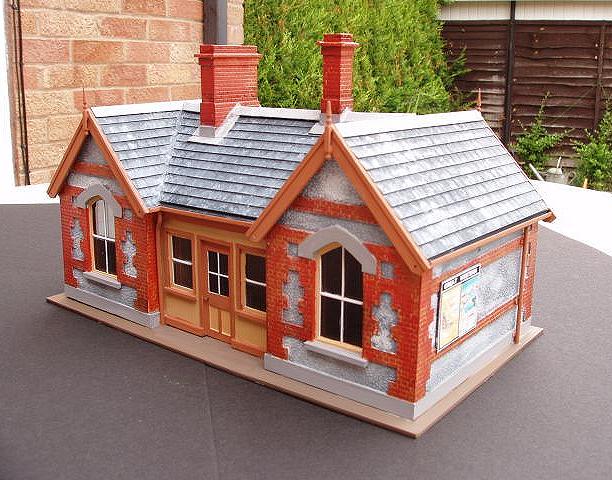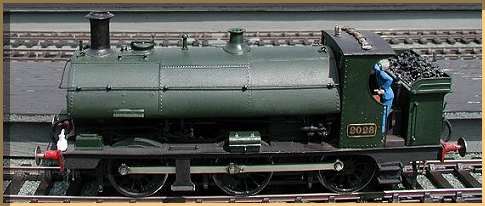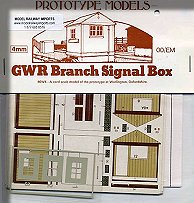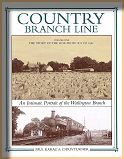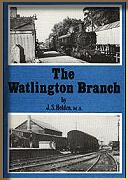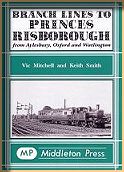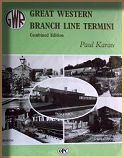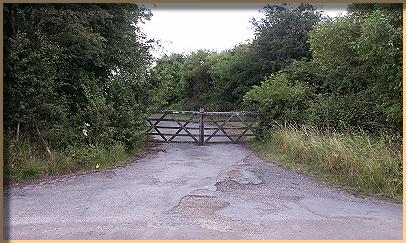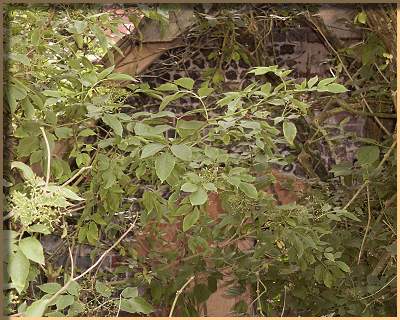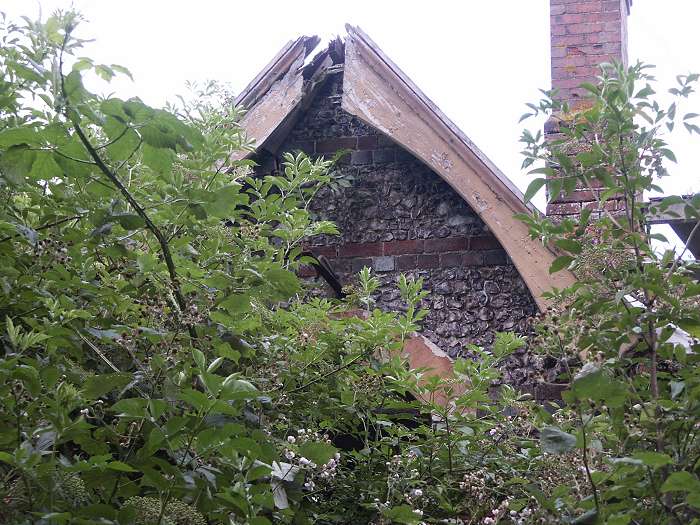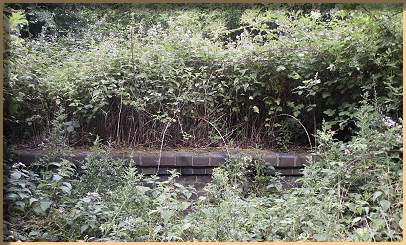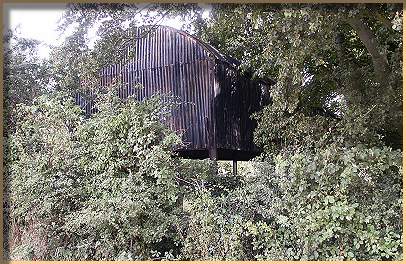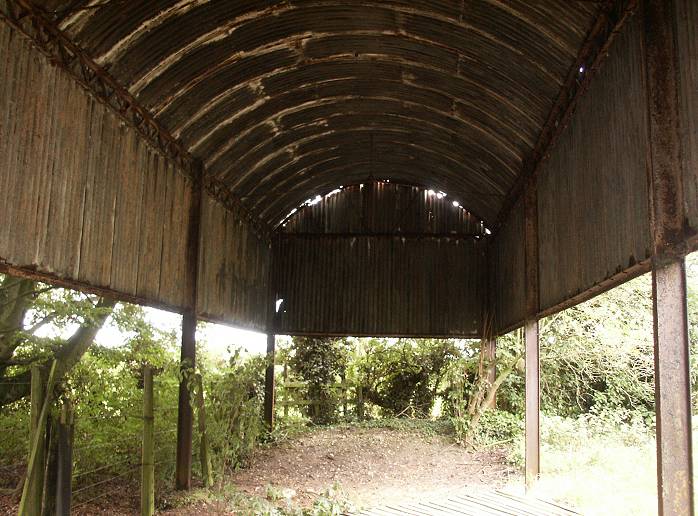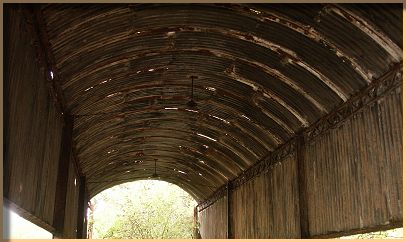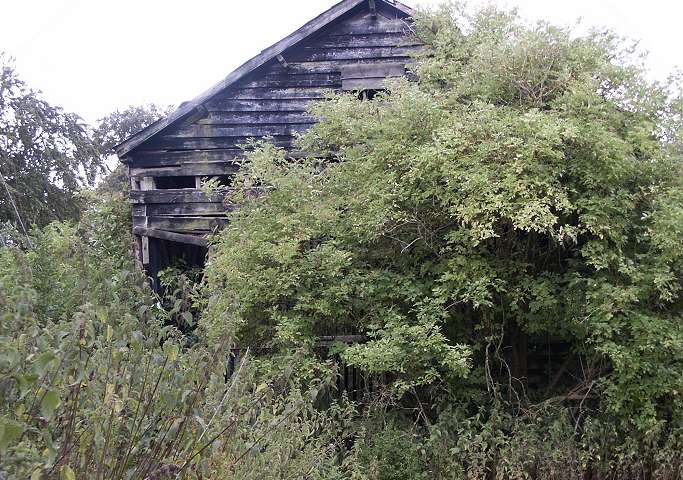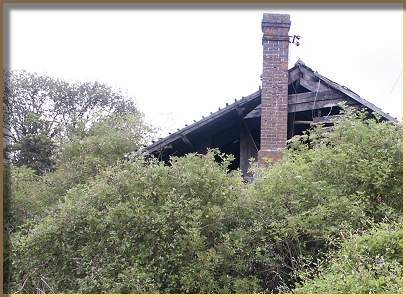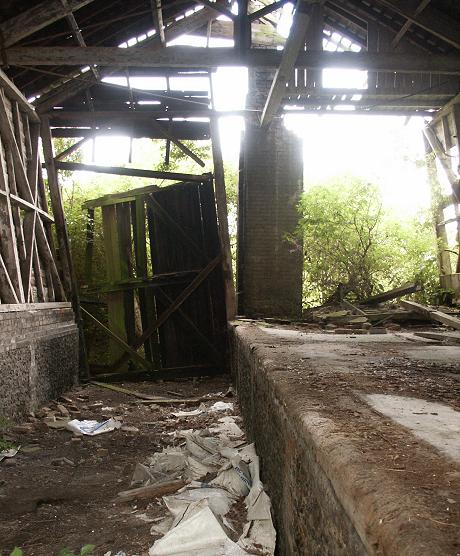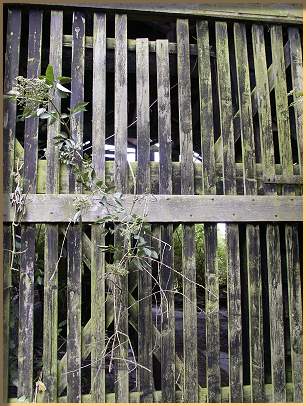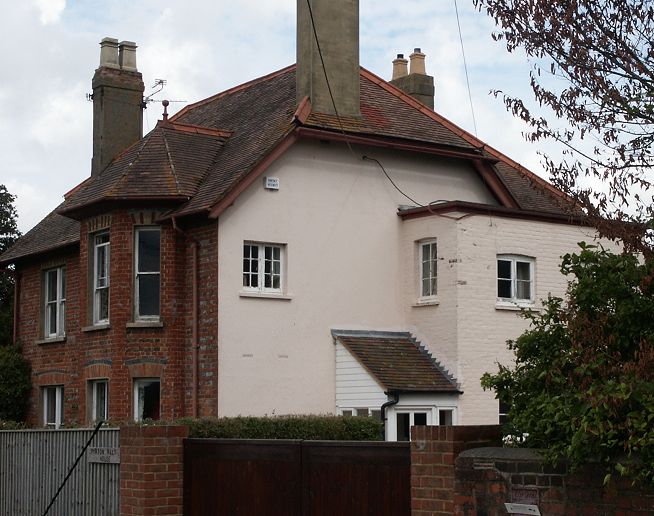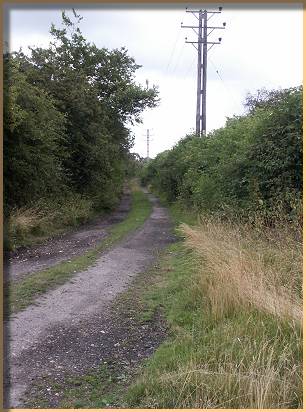| Section Page | Previous Page | Next Page |
Modelling the Watlington branchcompiled by Mikkel Kjartan
Introduction The Watlington branch is a well-known and much-loved line of which many fine models have been built, including Dave Fearn's 4mm layout. Many thanks to Jon Cumming for the history below, and to Lasse Tegenborg for info on the 4mm card kits. Brief history of the line The branch line to Watlington, which was less than 9 miles long, started at Princes Risborough. It was opened on 15 August 1872 by the Watlington and Princes Risborough Railway Company. It soon ran into financial difficulties, and the directors found that they were running the line at their own expense. After lengthy negotiations the Great Western Railway finally acquired the branch for a fraction of the construction costs on 1 July 1883. The line was lightly constructed following the contours of the land with a ruling gradient of 1 in 60. It was a single line, worked by train staff and one engine in steam, or two coupled together, and had a speed restriction of 30mph. Under GWR ownership there was little improvement, although there were additional rail halts opened between 1906 and 1925. Passenger services were curtailed on 1 July 1957, the line remaining open for goods traffic until 2 January 1961. The section between Princes Risborough and Chinnor remained open until 1989, serving the local cement works. Fortunately part of the line survives in preservation: Since 1990, the Chinnor and Princes Risborough Railway Association has maintained and (since 1994) operated the section from Chinnor to the junction with the Thame branch near Princes Risborough.
Traffic As on many other rural branches traffic was relatively modest, but not entirely without interest for the modeller. As an example, 1925 saw six passenger trips each daily, and two goods workings. The main goods traffic on the line was farm produce of various kinds, especially milk, while lime and cement also featured prominently in goods traffic. Coal and gypsum traffic fed the large Chinnor Cement Works. Livestock traffic was, compared to many other rural branches, more limited. For much of the branch's later years, the resident brake van was a venerable diagram AA3, probably number W35847. Loco allocation was quintessentially Great Western: The mainstay of services was made of a single 0-6-0T allocated to Watlington shed – usually of the 2021 class, with especially 57xx/8750 panniers taking over in later years. Passenger stock followed similar well-known lines, although the early 1920s saw an interesting combination of a 60' trailer and a 6-wheeled van 3rd in passenger services. In the 1950s, autotrains on the Watlington branch were run with 8750s not fitted for push-pull working, thus requriring a loco run-round at the terminus.
If you're looking for an easily recognizable setting for your branchline layout, the Watlington branch offers good potential: The characteristic station buildings on the line at, e.g. Watlington and Chinnor, are rather nice subjects for modelling, and should in themselves be enought to pinpoint your layout's location. You wouldn't be the first to model this branch, for sure, but if that doesn't matter to you then surely Watlington is about as close as we can get to the popular image of the balmy Great Western branch. It is perhaps for this reason that Watlington is so well-catered for by card kit manufacturers. As can be seen below, all of the main buildings at Watlington station are available as 4mm card kits – something rather unique in the world of British railway modelling. Note that the range from Prototype Models is being gradually expanded into 7mm, and so may feature the Watlington buidlings in due course also. The use of Pannier tanks and standard rolling stock such as autocoaches in the line's later years makes the Watlington branch a particularly attractive choice for the RTR modeller. This is one prototype location that offers good scope for out-of-the-box operation, especially if you go for the latter years – and there's a wealth of choice for the kit-builder, too. Note that the RTR stock listed here may not represent exactly the diagrams used on the real Watlington branch – but for most RTR modellers it will probably be close enough.
* Alphagraphix and Prototype Models kits are marketed through Freestone Model Accessories. ** Roger Smith kits are available from C&L Finescale
Watlington in 2004 This page features Graeme Tyrer's photos of Watlington station as it looked in the summer of 2004. Apart from their general historic interest, these very evocative photos tell their own little story of poetic decline. And what a diorama it would make, too! Now there's a challenge for those who like landscape modelling... For comparison with the station in its glory days, a 4mm equivalent layout built by Dave Fearn can be seen in the layouts section.
|
|||||||||||||||||||||||||||||||||||||||||||||||||||||||||||||||||||||||||||||||||||
| Section Page | Previous Page | Next Page |
